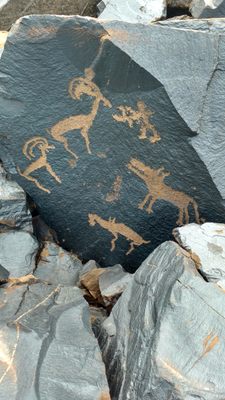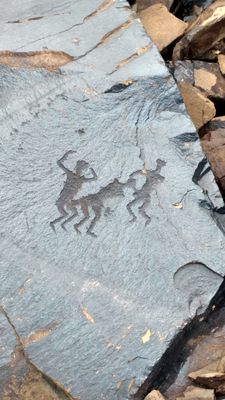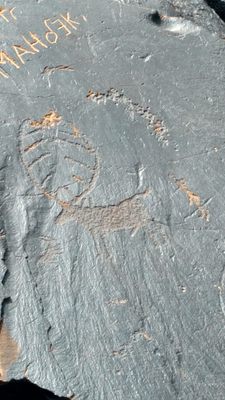About
At this site in the Kyrgyzstan's Ferghana Range, more than 90,000 petroglyphs are carved on black stones. In the Kyrgyz language, Saimaluu-Tash means "patterned/embroidered stone." These works of rock art date back as far as 4,000 years ago, and were carved over time by a number of different groups.
There are two areas with carved rocks. The longest one is more than three kilometers long and between the two there is a pond. The large galleries of petroglyphs appear to show scenes of hunting, shamanic rituals, and sexual intercourse, with a mystic meaning or for votive reasons. The oldest pieces are thought to date to the second or third century B.C., and new art was added into the Middle Ages.
Archaeologists have found evidence of a settlement at the site from the eighth century B.C. to first century A.D. The Saka priests are believed to have used the site for sacrificial rites. The site was sacred to the people of Tien Shan and Pre Ferghana, and is even now sacred to the modern generation of Kyrgizians for spiritual and healing qualities.
The area is reachable only in August by foot (six to eight hours of hard trekking) or horse (three to four hours) passing through fields of grass, woads, on the top of a glaciers in a constant ascent usually in a very small pathway.
Related Tags
Know Before You Go
To reach the area there is a ticket to buy in Kazarman, where is possible to arrange guides, a Jeep to reach the base where to start the climb, and horses.
Central Asia Road Trip: Backroads & Bazaars
A 2-Week, 4-Country Odyssey.
Book NowCommunity Contributors
Added By
Published
June 1, 2021























































